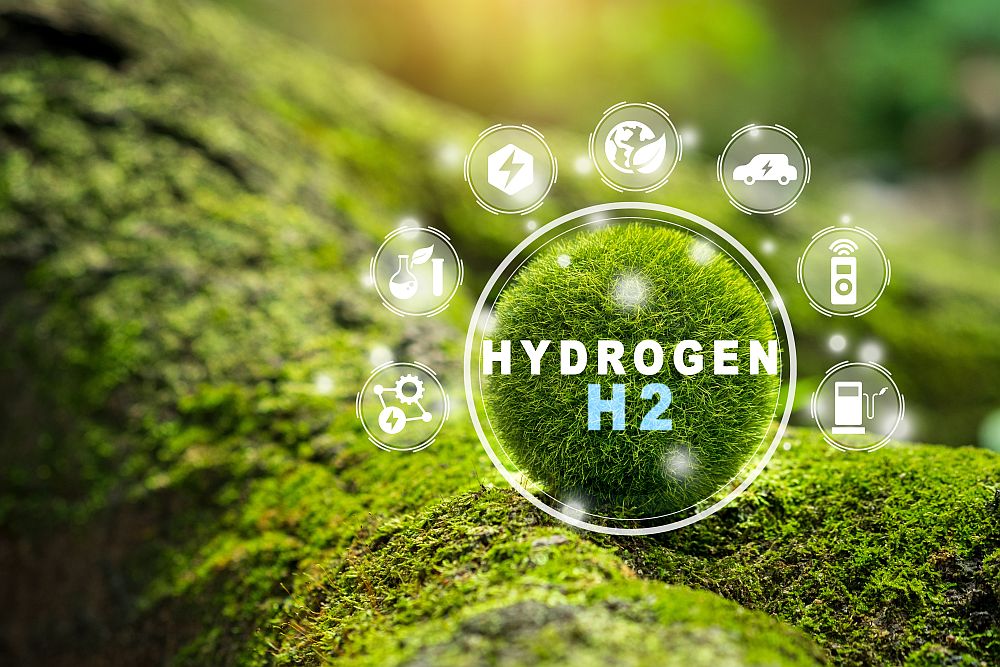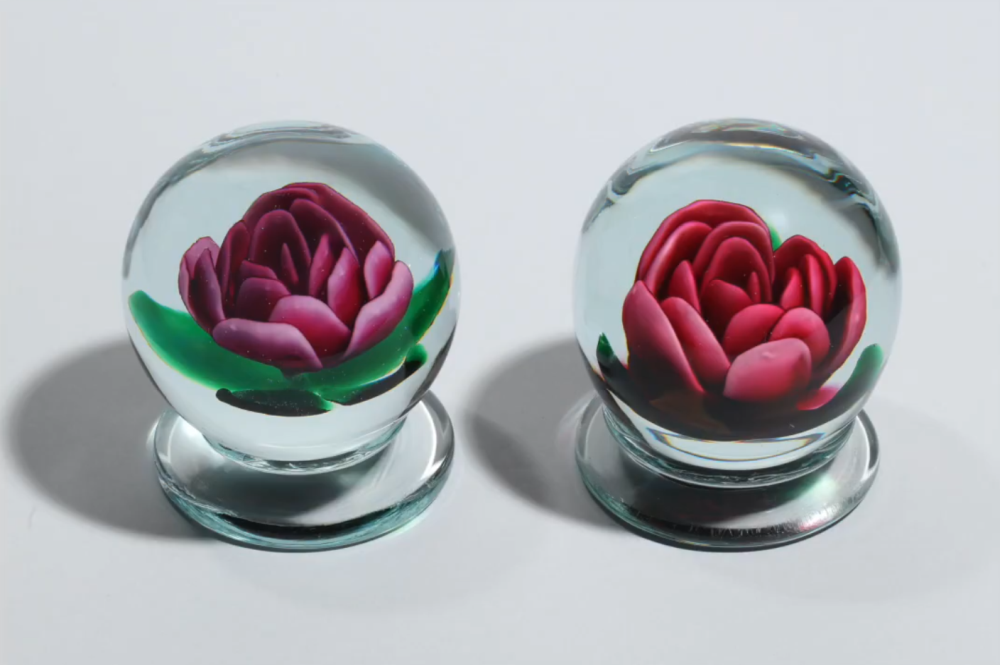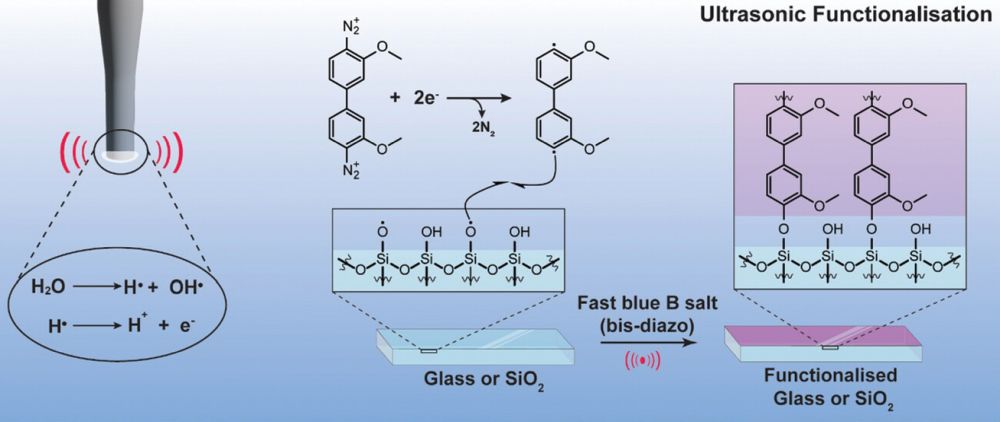Not all Pyrex glass cookware is made the same. Surprised? So was I when I first started looking into this story.
Corning devised and first manufactured the ubiquitous clear “Pyrex” cookware in the early part of the 20th century. In the beginning, it was made from low thermal expansion borosilicate glass, aka Corning 7740. Some borosilicate glass Pyrex (“original Pyrex”) products are still being made, such as Corning’s excellent line of laboratory ware (PDF) and Arc International’s glass cookware sold in Europe.
However, aside from its labware, Corning no longer makes Pyrex products and it has licensed the use of the Pyrex brand name for many years to World Kitchens LLC for sales of cookware in the US, and to the aforementioned Arc International.
But, here is where it gets confusing and problematic for consumers. World Kitchens’ Pyrex cookware is not made of the original Pyrex borosilicate glass composition. World Kitchens’ Pyrex-labeled cookware is composed of a soda lime silicate glass. (World Kitchen correctly notes that Corning, itself, changed the composition from original Pyrex to a soda lime glass before it got out of the business).
To make matters more complicated, the Anchor Hocking Glass Co. also makes clear glass cookware products using soda lime silicate glass, and has done so for decades. Apparently, Anchor Hocking first got into the market in the mid part of the 20th century by offering a something of a copycat product to compete with Corning.
Why am I explaining all this? Because borosilicate glass behaves very differently from soda lime glass, however, you don’t have to be a glass or materials scientist to know that. No less than the independent and reputable Consumer Union organization (publisher of Consumer Reports magazine and website) figured out there was a difference after it starting receiving reports of glass cookware suddenly shattering, including reports of dangerous, explosive-like failures and severe injuries when glass shards were sent flying several feet.
After learning of these anecdotal problems, Consumer Reports staff conducted a year-long investigation in which they tested various glass cookware in their labs, including those made by Anchor Hocking, World Kitchens and Arc International. They were able to show that under unprescribed, although not unreasonable circumstances (in the context of a typical kitchen, e.g., taken from a 450°F oven and put on a countertop where moisture is present), the soda lime cookware samples frequently were, in fact, prone to frequent failure. In contrast, the organization found that the borosilicate glassware is more resilient and did not shatter until removed from a 500°F oven. See the video below:

Credit: Consumer Reports; YouTube
While Consumer Reports verified the existence of the shattering problem with the soda lime glass, it didn’t attempt to explain why the problem occurs. Leave that to R.C. Bradt and R.L Martens, who in the pages of a paper (“Shattering Glass Cookware”) in the September issue of ACerS’ Bulletin deftly lead readers through fairly simple materials science to make sense of these failures.
Bradt and Martens review concepts such as thermal stress, elastic modulus, thermal shock and temperature differentials and then apply them to the borosilicate and soda lime glasses.
Perhaps surprisingly, Bradt and Marten explain that their findings show that the glass failures (soda lime and borosilicate glass) have less to do with the maximum temperature of an oven and more to do with the total temperature change the cookware is subjected to. According to their calculations, soda lime glass cookware shatters more frequently because, in theory, it can resist fracture stress as long as the temperature differential is less than about 100°F. In contrast, borosilicate glassware can tolerate a differential of about 330°F. That, obviously, is a big difference. (Bradt and Marten acknowledge that time-dependent heat transfer conditions are another factor, as well as whether the cookware is pristine or contains nicks and scratches.)
While it is clear that borosilicate glass performs better, thermally speaking, than soda lime, World Kitchens and Anchor Hocking say their soda lime glassware is mechanically stronger than original Pyrex. Basically, their argument is that soda lime glass will not break as easily if it is dropped on a floor or countertop, or struck with a utensil.
In their defense, manufacturers of the soda lime cookware also say they use heat strengthening or thermal tempering to further increase its impact resistance and resistance to thermal stress fracture. However, Bradt and Marten also looked into this and found minimal, if any, evidence of thermal or heat strengthening in commercially bought soda lime silicate glassware.
Concerned? If so, you will want to read Bradt and Marten’s entire paper. The authors emphasize that consumers should read and follow the warnings contained in the glass cookware packaging. However, they sound a final note of caution, based on their research:
“[D]ocumented reports of incidents of dramatic shattering failures during what most kitchen cooks would consider normal use suggests that the margin of safety for avoiding thermal stress failures of soda lime silicate cookware is borderline. It does not appear to be adequate for all household cooking.”
Meanwhile, Consumer Union is urging the Consumer Product Safety Commission to delve deeper into the complaints about the soda lime silicate cookware.
CTT Categories
- Basic Science
- Glass
Spotlight Categories
- Member Highlights


